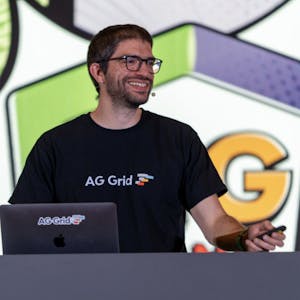Ever more companies are choosing Micro-Frontends. However, they are anything but easy to implement. Fortunately, Module Federation introduced with webpack 5 has initiated a crucial change of direction.
In this interactive workshop, you will learn from Manfred Steyer -- Angular GDE and Trusted Collaborator in the Angular team -- how to plan and implement Micro-Frontend architectures with Angular and the brand new webpack Module Federation. We talk about sharing libraries and advanced concepts like dealing with version mismatches, dynamic Module Federation, and integration into monorepos.
After the individual exercises, you will have a case study you can use as a template for your projects. This workshop helps you evaluate the individual options for your projects.
Prerequisites:
You should have some experience with Angular.
This workshop has been presented at JSNation Live 2021, check out the latest edition of this JavaScript Conference.















Comments